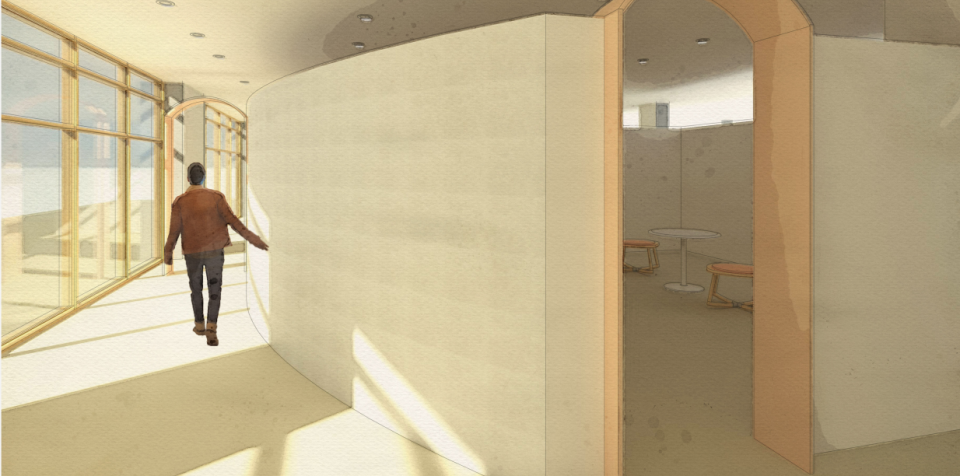While the appropriateness of the architectural framework and its interior design must ensure the safety and functionality of the place, it also has a direct impact on the well-being of the person through the possibility of a meaningful experience of the place, through the level of comfort, through the quality and diversity of social interactions it promotes. This impact is tenfold with autistic people, who are characterized by an exacerbated sensitivity to their environment and by different communication modalities and needs, all of which sometimes have a major impact on their ability to adapt to their environment. Although there is now a significant amount of literature on the design of environments for people with autism from specialists in planning and the human and social sciences, no study has been identified that integrates these different perspectives. The perspective of people with autism itself is rare, as autism is increasingly recognized as a variant of human diversity in its own right, and people with autism as partners in understanding and developing responses to their needs.
It is the need to gain a refined understanding of the experience of people with autism in the built environment and the factors affecting their well-being that led researchers in interior design, psychiatry and information sciences to develop this project with the inclusion of people with autism, in order to implement a design device for the built environment, with, by and for people with autism. This research has three objectives: A] to evaluate design strategies for existing places specifically intended for people with autism and, on this basis, to project paths of innovation; [B] to describe and characterize the components of the built environment influencing the well-being of people with autism; [C] to design a pedagogical formula in interior design for the co-design of the built environment based on the experience of people with autism. The project has three components: 1] a post-occupational evaluation of existing spaces intended for people with autism; [2] the implementation of an educational formula for co-design based on the experience of people with autism, in the university context of interior design workshops; and [3] the online consultation of a large pool of potential users with the help of the virtual environment proposals produced during part 2 of the research.
This research proposes a unique scientific orientation by developing a three-step process to understand, evaluate and integrate into design practices the factors that promote the well-being of people with autism. Its innovative approach stands out by reversing dominant paradigms and placing people with autism in a position of power through their status as co-designers and partners. This study will enable the development of innovative, rigorous design practices rooted in experiential knowledge, necessary for developers of inclusive living environments, designed with neurodiversity in mind and adapted to the plurality of occupants. The targeted results could have a major impact on the well-being and autonomy of people with autism and promote their participation in active social life.
Virginie Lasalle, Cynthia Hammond, Bechara Helal with Baudouin Forgeot d’Arc (psychiatry) and Vincent Larivière (information sciences)
research funded by the Fonds de Recherche Québec Société Culture (programme intersectoriel Audace) 2017-2021

